 One spring day walking home and, as I approached the house, contemplating and critiquing the front garden as I am wont to do whenever it is within view, I was startled to see that the whole front garden was awash in waves of blue and violet flowers. This startled me because I'd not planned nor specifically plotted a blue-toned garden.
One spring day walking home and, as I approached the house, contemplating and critiquing the front garden as I am wont to do whenever it is within view, I was startled to see that the whole front garden was awash in waves of blue and violet flowers. This startled me because I'd not planned nor specifically plotted a blue-toned garden.Cool shadings of color are not what come to mind in my daydreams of the idyllic cottage garden. The dream garden is painted in delicate, gauzy cream, butter yellow, pastel peach and apricot, Necco wafer colors, nursery colors, with here and there judicious splashes of apple red. If a blue were envisioned in the dream scheme, it would be an ethereal, barely-there powder blue. Any more declarative blue I'd have judged, in theory, not to my taste, not my gardening style.
Yet there the front garden stood, adorned from left to right in frank, summer-sky blue, teal, navy blue, lavender, lilac, plum and deep purple. A blue-toned garden, planted by yours truly.
This came about because the garden plantings were chosen for their shape, structure, flowering time, scent, deer-proofness, popularity with bees, butterflies and hummingbirds, or just plain old nostalgic associations. Nothing was really chosen on the basis of its location on the color wheel, except the Russian sage in the back garden and the roses. The plantings were not all acquired and incorporated at once, either, in a grand and well-thought out design, but rather were accumulated little by little over the years, as money and inclination dictated. Certainly I knew the color of the flowers as each plant was brought home to be enrolled in the garden. Taken individually, the thinking went something like, hmm, a cerulean lupine, not my first choice of color, but how very good-looking!
And so it went. Lupines, violas, Canadian violets, alliums, mountain bluet centauria, lilacs, denim blue penstemon, lavender-colored chives, and velvet-robe purple Siberian iris. Stopping on the front walk, taking in the whole serendipitous blue picture painted across the late May garden, I really, really liked it. Part of the affection was simply gratitude to these perennials for continuing to come back to the garden each summer, surviving the tough, long haul through the northwestern Michigan winters, as some of the fairer-complexioned plants (columbines, gaura bee blossom, bleeding hearts, primroses) couldn't manage to do.
There are other colors I thought I'd forbid from my garden. Hot orange, neon pink, sunlight-sharp yellows once daffodil season had passed. Yet orange glows like a fireball from the daylillies at the foot of the white pines, and beneath the front windows reside mandarin-orange tiger lillies I'm currently madly in love with. The shout-pink of the creeping phlox cheerleads the garden into its first slap-happy springtime outburst, and shortly thereafter, a blood-orange and ripe-lemon petalled pyrethrum painted daisy unfurls razzle-dazzle smiles.
The moral of the story of color in the garden is that all colors work together in lovely harmony, for me. In practice, as opposed to best-laid plans, every color brings added visual value to the garden. Tints of every stripe gayly rub shoulders with one another, extending and expanding the interest, the attractiveness, the eye-candy richness of the garden. It seems there's no such thing as colors that clash in nature's paintbox. On the contrary, when it's a question of color in the garden, the more and various, the merrier and more convivial the garden fellowship becomes.
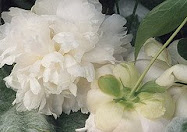


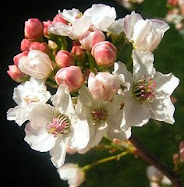
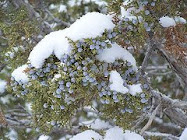

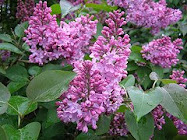
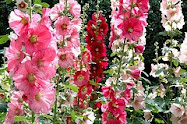
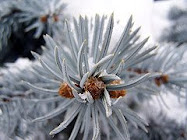
No comments:
Post a Comment